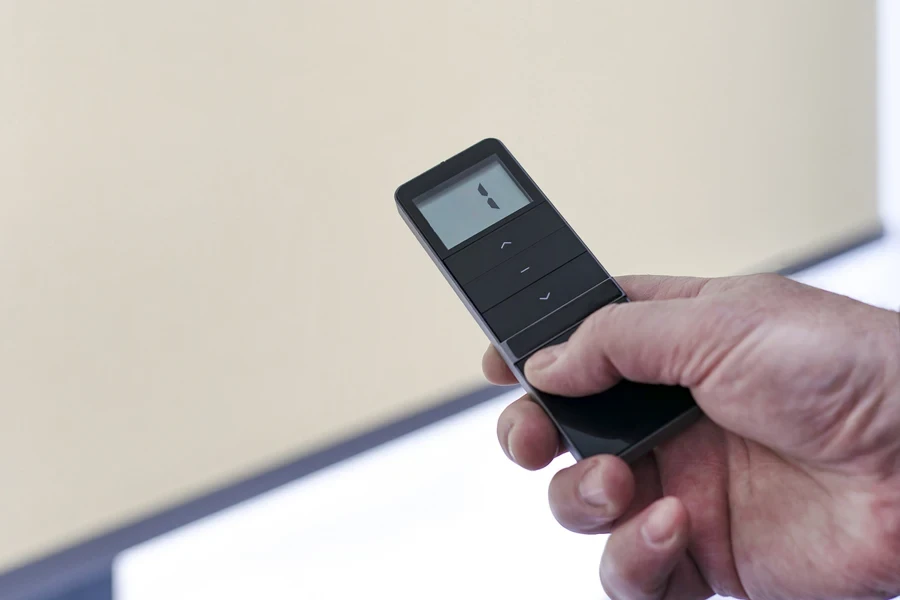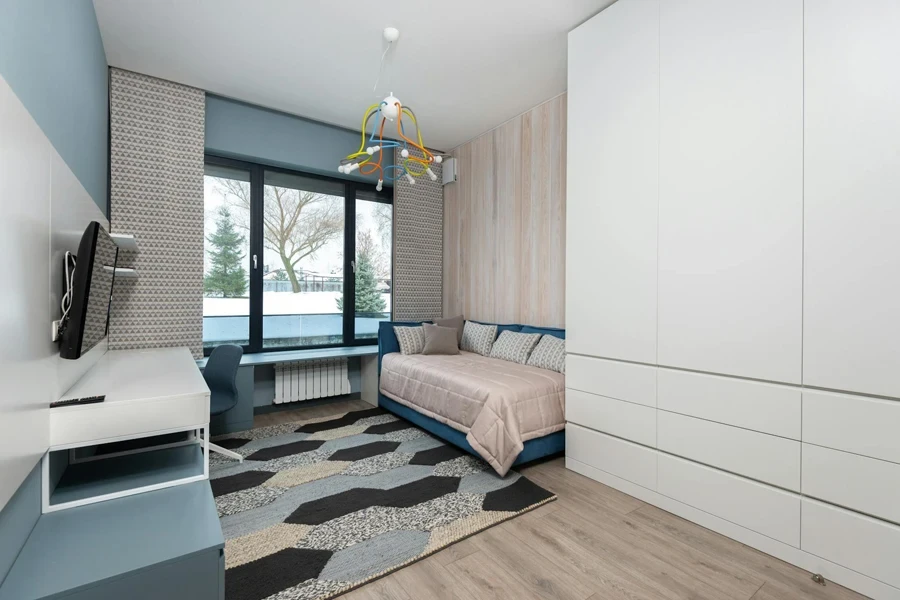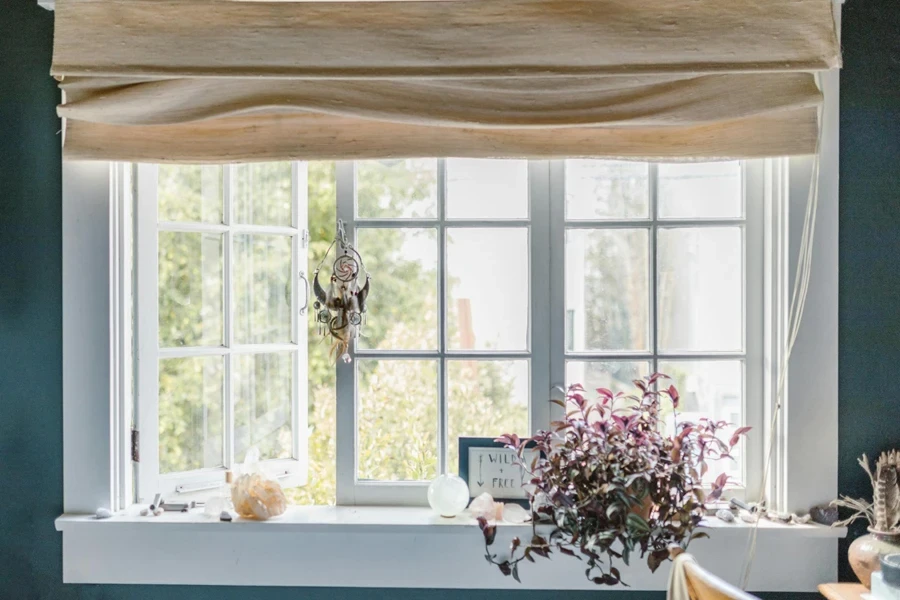“Wouldn’t it be nice if the curtains just opened themselves every morning?” This sentiment captures the growing appeal of smart curtain openers – sometimes called curtain robots – part of a broader wave of home automation products designed to make life a little easier (and, in some cases, more energy-efficient).
So are they just another fad or something truly worth investing in? According to online searches, there is indeed a growing demand for these devices (up 8,100 monthly searches in the first half of 2025). They’re especially useful for individuals with mobility problems, and even busy parents who want to automate their children’s morning routines.
And for customers who already use a voice assistant or a smartphone app to manage elements of their home, automated curtains seamlessly integrate into that ecosystem.
Read on to understand how curtain robots work and what retailers should know before adding them to their inventories.
Table of Contents
What’s the appeal of curtain robots?
Where’s the market headed?
Key things retailers should consider before stocking curtain robots
1. Compatibility with curtain rods and tracks
2. Curtain weight and motor strength
3. Power and charging options
4. Smart home integration
5. Ease of installation
Extra tips to help sell smart curtain openers
Final words
What’s the appeal of curtain robots?

Smart curtain openers automate the everyday chore of pulling blinds or drapes. Instead of wrestling with heavy curtains or needing to be present to close them when the afternoon sun hits, owners can schedule them to open or shut at specific times via an app on their phone, a voice assistant, or simply by letting an accompanying sunlight sensor decide when it’s time to block or allow light. For some, it’s purely about convenience – one less daily task. For others, it’s a real quality-of-life upgrade, especially if they have difficulty reaching windows or managing heavy curtains.
Where’s the market headed?

Smart home devices are no longer a niche. The market was worth USD 100.42 billion in 2023, and at a 27.07% CAGR, is well on its way to hitting USD 537.01 billion by 2030. Curtain robots are part of this huge market, and since most people already know about or use smart bulbs or smart doorbells, adding “smart curtains” to the mix isn’t that far-fetched.
As for price, some basic models run under a hundred dollars, while fancier, feature-rich systems can go for several hundred each – more if it’s for an oversized window.
Key things retailers should consider before stocking curtain robots
1. Compatibility with curtain rods and tracks

Every household’s curtain setup is a little different. Some feature basic rods, while others utilize a rail system. Ornate finials might block installation completely. Some manufacturers provide adapters for multiple rod styles, but others might only cater to a standard round rod.
Therefore, checking which rods or tracks each manufacturer supports is crucial for retailers planning to sell such gadgets. Here is a closer look at what to watch out for:
- Maximum dimensions: Many products list the maximum thickness or track width they can handle. Don’t ignore these specs, as they’ll demonstrate whether a setup will work.
- Adjustability or adapter kits: It’s better to opt for manufacturers that offer adapter kits, which help make curtain robots almost universal. This will help reduce frustrations and returns.
2. Curtain weight and motor strength

Thick blackout curtains or big drapes can weigh much more than other types of curtains. If the motor struggles to draw the curtains, it might run slow or burn out faster. Other factors to look out for include:
- Weight capacity: Research how many pounds a device can handle. Many are optimized for around 20 pounds, while others can work with more or less.
- Realistic performance: Check reviews or third-party tests to see how curtains perform. Avoid models with reports of sluggishness or burnt-out motors.
3. Power and charging options

Curtain robots have three power options: wired, rechargeable, and solar. Wired units plug into a nearby outlet (easy if consumers have an accessible socket, but not so great if the wiring has to stretch across the wall). Rechargeable models rely on batteries that can last for months.
While rechargeable models are super convenient (no wire hassle), users must remember to charge them every month or two. Retailers can also offer options with solar panels that can be stuck to the window frame. These options make recharging automatic, as they always have power when the sun is out.
Note: While solar options can prolong battery life, retailers should remind consumers that they require access to sunlight to be effective.
4. Smart home integration

As mentioned above, curtain robots fit easily into smart home ecosystems, making them a no-brainer for consumers already using Alexa or Google Assistant. Integrating these openers allows voice control capabilities. Remember, though, that not all curtain openers support every platform, so ensure consumers know if it will work with their existing setup.
Some models only offer an app or might be limited to iOS devices. If retailers cater to a more general clientele, it’s best to stock products that work with the most common voice assistants or offer IFTTT integration. That way, they can be calibrated to other factors, such as when the security system arms, the AC turns on, or at sunrise.
5. Ease of installation

Ease of installation is another essential feature to consider. Not everyone is a DIY expert, so they may prefer something easy to install, such as clamp-on models. However, more advanced models may require drilling or removing hardware for installation.
One thing retailers can do here is to highlight which options are “plug-and-play” and which ones may require professional assistance. Also, it’s not a bad idea to display or demonstrate how it attaches, giving customers an idea of whether they’ll be able to go it alone.
Extra tips to help sell smart curtain openers

Stocking these devices is only half the battle. Retailers should also be ready to answer customer questions (and there will be plenty). Expect buyers to ask things like, “Will my blackout curtains be too heavy?” or “Do I need a subscription or a hub?”
It’s good to have the answers ready, whether online or for in-store staff. Show them a quick demonstration or set up a sample track in-store. Adding short product videos or links to setup tutorials can also help seal the deal if retailers operate primarily online. The goal is to show customers how the motor attaches and moves, as well as how easy (or tricky) the manual override is.
Final words
Smart curtain openers might still feel futuristic, but they address real household needs: privacy, convenience, energy management, and accessibility. As more families discover how useful automated curtains can be (such as opening automatically at sunrise for a gentle start to the day), the demand will likely keep growing.
Such devices are especially suited to retailers who already sell smart-home gadgets, helping to complete their inventory with the top smart home gadgets available.




